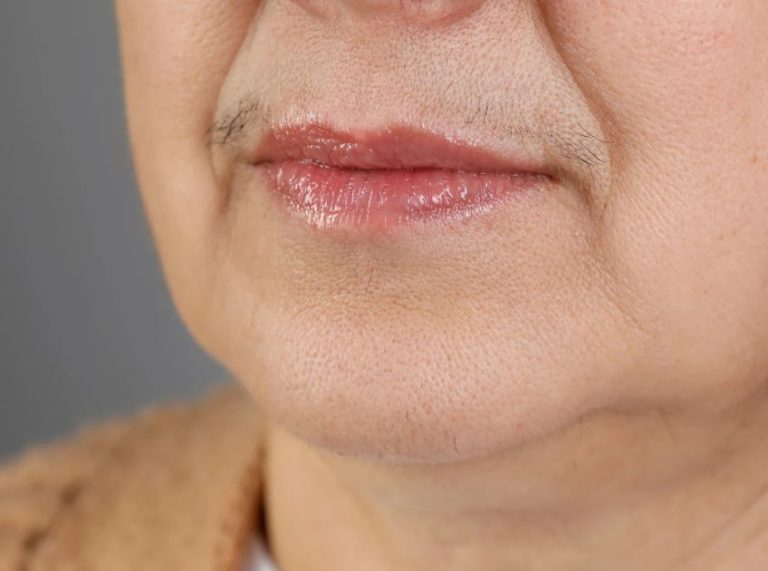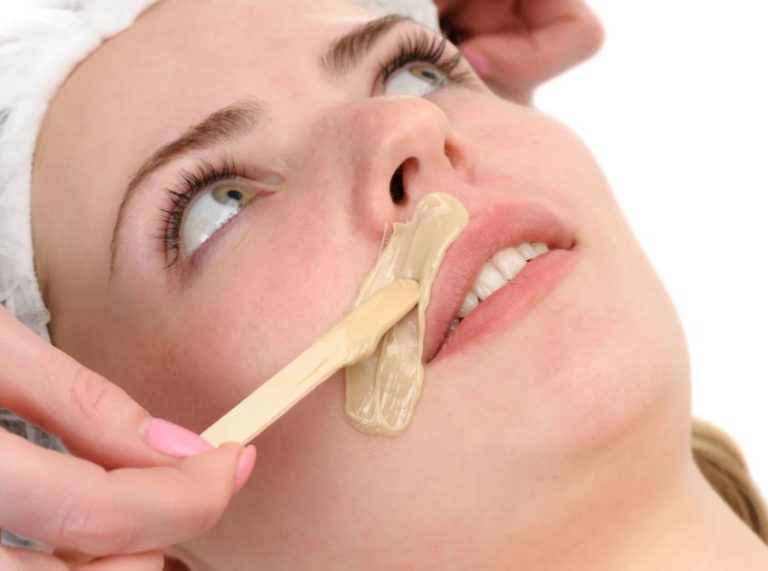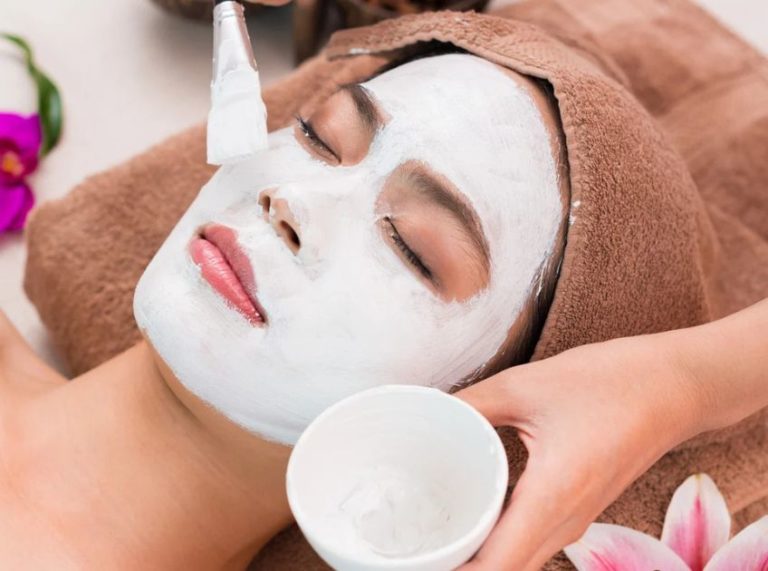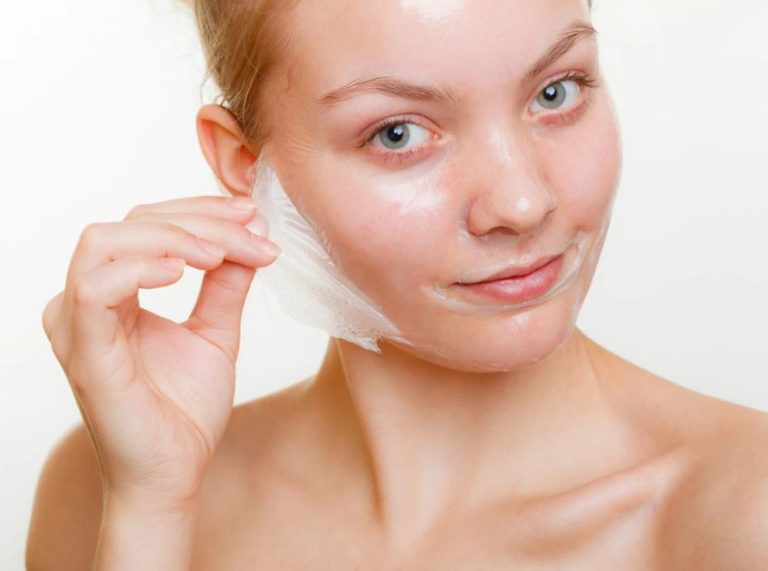
Important: This article is for informational purposes only. Please read our full disclaimer for more details.
Looking for a natural remedy to tackle hair fall, dryness, or slow growth? Fenugreek seeds have long been used in traditional beauty rituals for a reason—they work. This DIY hair mask is the rescue your strands have been waiting for.
Discover how to unlock the full power of fenugreek seeds with easy-to-follow DIY recipes. Learn their benefits, the science behind them, and how to safely use them for your hair type.
Why Fenugreek Is the Hair Hero, You Didn’t Know You Needed
Fenugreek seeds are a powerhouse for scalp and strand health. Here’s what they can do:
- Strengthen hair roots and reduce shedding
- Stimulate new hair growth by nourishing the follicles
- Add moisture and fight dryness or flakiness
- Improve shine and texture for dull, lifeless strands
- Soothe scalp irritation and reduce dandruff naturally
What’s in Fenugreek That Makes It So Powerful?
Fenugreek seeds are rich in bioactive compounds that directly benefit the scalp and hair:
- Proteins and lecithin help rebuild damaged hair structure
- Saponins and flavonoids have anti-inflammatory and antifungal properties
- Iron and nicotinic acid (niacin) support blood circulation to the scalp
- Mucilage in fenugreek coats hair, locking in moisture and improving manageability
Scientific backing:
According to studies published in ResearchGate and the Journal of Cosmetic Dermatology, fenugreek extracts promote hair thickness and reduce hair fall due to their phytoestrogen content and nutrient density (1).
Know When to Stop: When Fenugreek Isn’t Working for You
Discontinue use if you notice:
- Excess scalp oiliness or stickiness
- Increased hair fall (rare but possible for some sensitive users)
- Allergic reactions such as itching, redness, or breakouts
Always do a patch test before full use.
Tailor It to You: Adjusting Ingredients for Different Hair Needs
Customizing your fenugreek hair mask can amplify results:
- Add aloe vera for extra hydration
- Mix with yogurt to soothe dandruff-prone scalps
- Use coconut milk for high-porosity, dry hair
- Include lemon juice for oily scalps (in small amounts)
Adjust the consistency based on your hair length and texture.
Who Should Use It? Hair Types That Benefit Most
Fenugreek masks work best for:
- Dry, frizzy, or brittle hair needs moisture
- Thinning hair or mild hair loss conditions
- Curly or textured hair that needs deep nourishment
- Normal to oily scalps, if combined with balancing ingredients
Avoid if you have nut or legume allergies, as fenugreek is a legume.
Is It Safe to Use Fenugreek on Hair?
Yes, it’s generally safe for most hair types. Fenugreek is a natural, plant-based ingredient with no harsh chemicals. However:
- Always patch test before using
- Avoid if you’re allergic to legumes
- Use 1–2 times a week to prevent build-up
- Rinse thoroughly to avoid a lingering smell
Best 2 DIYS of Hair Mask with Fenugreek Seeds
DIY #1: Fenugreek & Yogurt Strengthening Hair Mask
This protein-rich hair mask is ideal for repairing weak or damaged strands. Yogurt adds a dose of lactic acid and probiotics that help soothe the scalp while coconut oil deeply nourishes.
Ingredients:
- 2 tablespoons fenugreek seeds (soaked overnight in ½ cup water)
- 3 tablespoons plain yogurt (unsweetened and unflavored)
- 1 tablespoon cold-pressed coconut oil
Directions:
- Drain and grind the soaked fenugreek seeds into a smooth paste.
- Transfer the paste to a bowl and mix in yogurt and coconut oil.
- Stir until you achieve a creamy, lump-free consistency.
- Optional: Strain the mixture using a muslin cloth if you want a smoother texture.
How to Apply:
- Detangle your hair and divide it into sections.
- Apply the mask to your scalp first, gently massaging it in with your fingertips.
- Work the mixture through the mid-lengths and ends of your hair.
- Cover with a shower cap and leave it on for 30–45 minutes.
- Rinse thoroughly with lukewarm water and a gentle shampoo.
Pro Tip: If you have a dry scalp, warm the coconut oil slightly before mixing for added absorption.
DIY #2: Fenugreek & Aloe Vera Growth Boost Hair Mask
This soothing and hydrating mask promotes scalp health and encourages hair growth. Aloe vera reduces inflammation, while olive oil provides essential fatty acids for scalp nourishment.
Ingredients:
- 2 tablespoons fenugreek seeds (soaked overnight in ½ cup water)
- 2 tablespoons aloe vera gel (freshly extracted or pure store-bought)
- 1 teaspoon extra virgin olive oil
Directions:
- Blend the soaked fenugreek seeds into a fine paste using a blender.
- Add aloe vera gel and olive oil to the paste.
- Mix until smooth and gel-like in consistency.
- Ensure there are no large seed particles to make rinsing easier.
How to Apply:
- Start by applying the mask directly to your scalp using your fingertips or a brush.
- Massage in circular motions to stimulate blood circulation.
- Spread the remaining mask along your hair strands.
- Leave on for 30–40 minutes, then wash off with a mild herbal shampoo.
Pro Tip: Use fresh aloe vera gel for maximum nutrient retention and a cooling effect.
Frequently Asked Questions (FAQ’S)
1. Can I store the fenugreek paste for later use?
A. Yes, you can refrigerate the paste for up to 5 days. Always smell and check consistency before reuse.
2. How often should I use a fenugreek mask?
A. Once or twice a week is ideal. Overuse can lead to scalp buildup.
3. Will it help with dandruff?
A. Yes. The anti-inflammatory and antifungal properties of fenugreek help reduce dandruff naturally.
Fenugreek seeds are more than just a spice—they’re a hair care miracle. From reducing hair fall to boosting shine and softness, these DIY masks can truly transform your tresses. Just follow the right recipe for your hair type, and stay consistent for visible results.
















